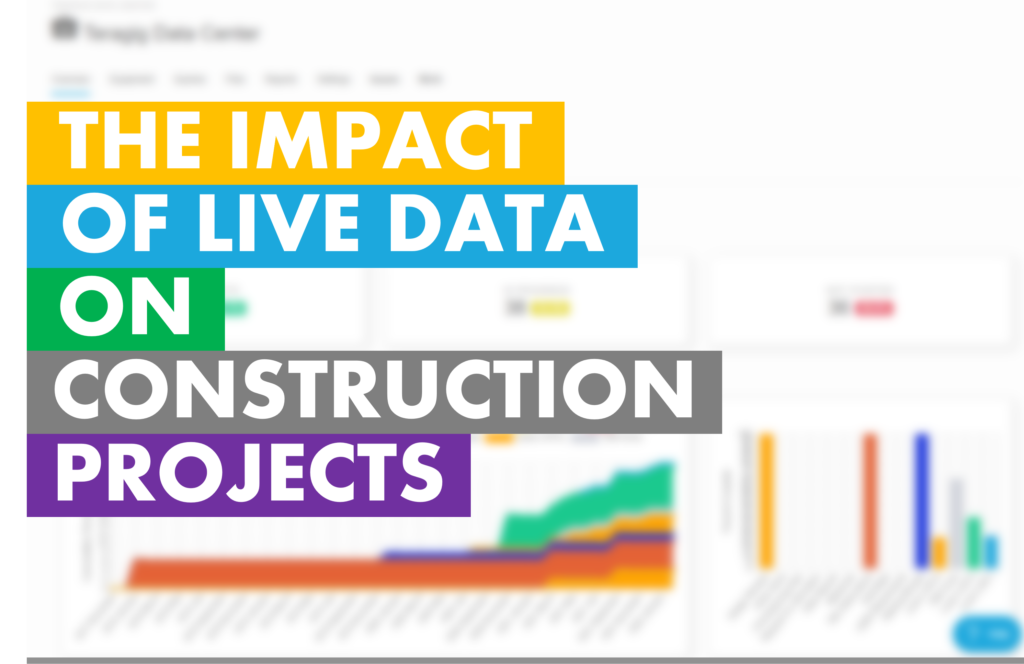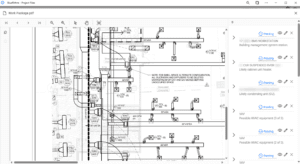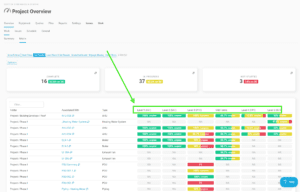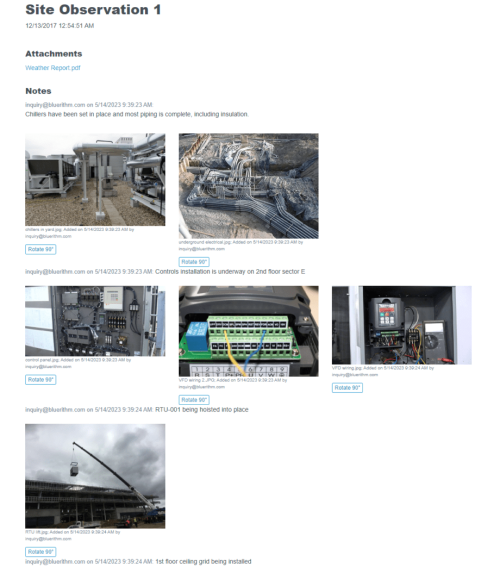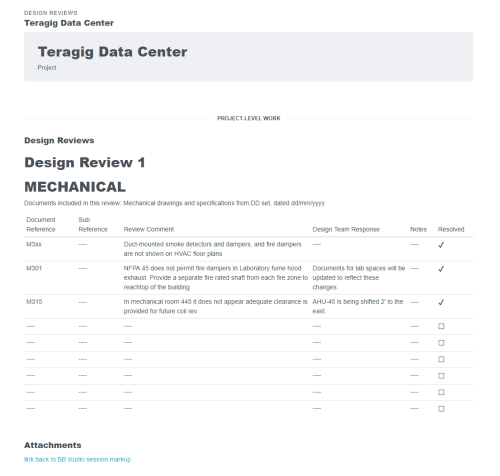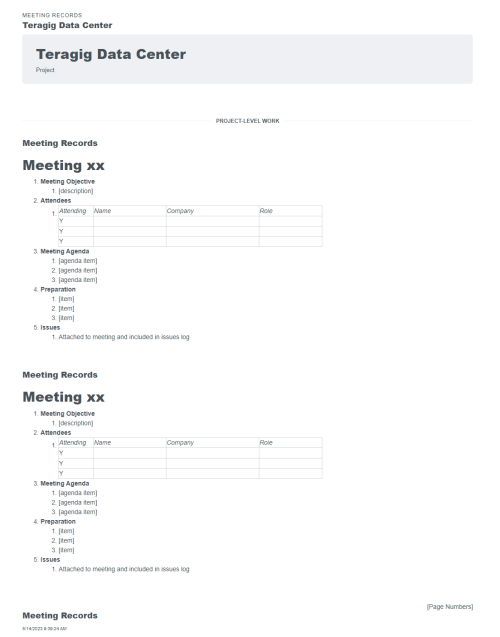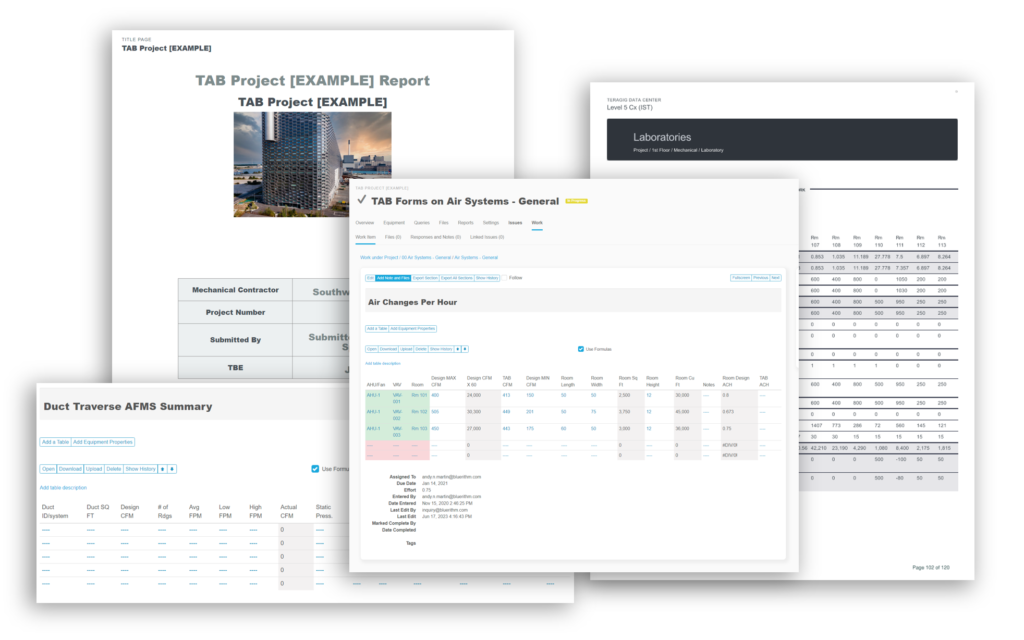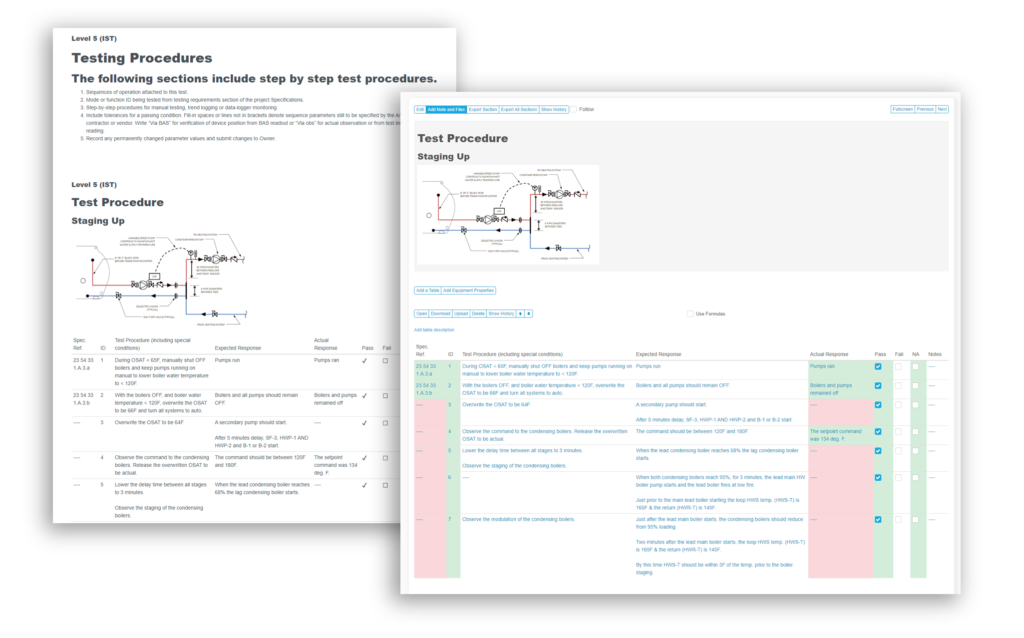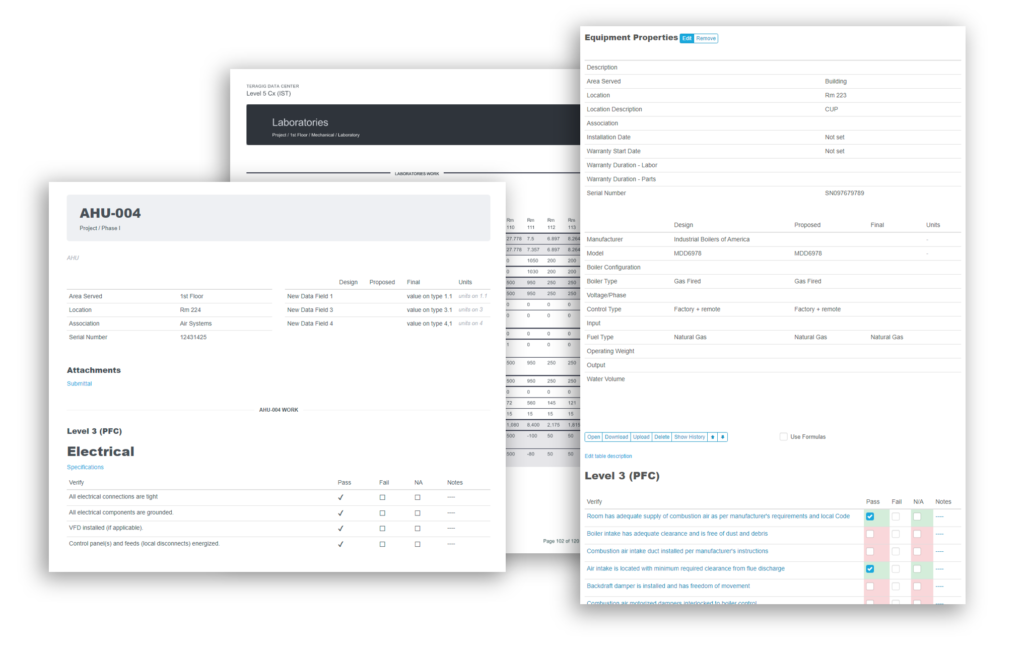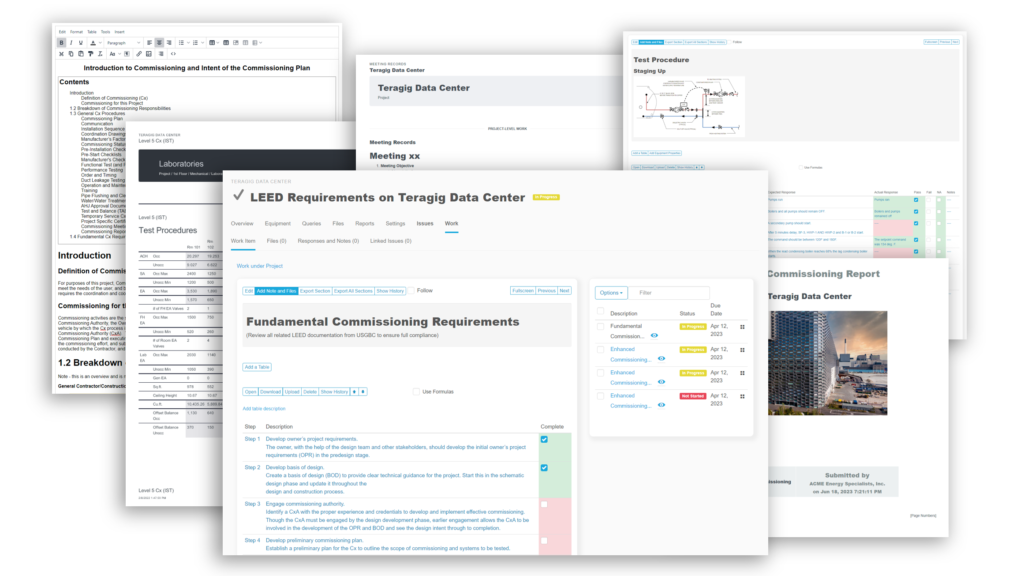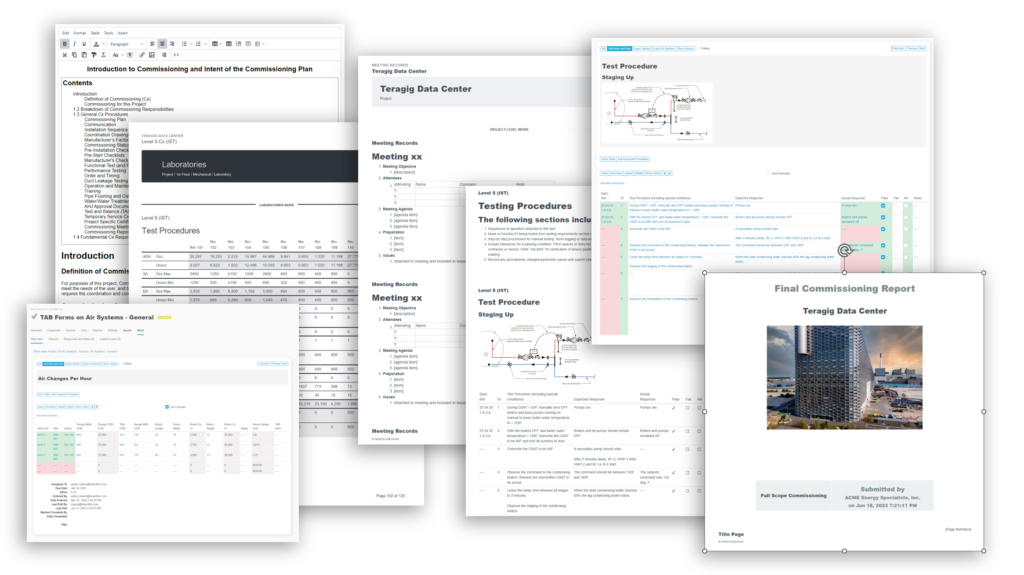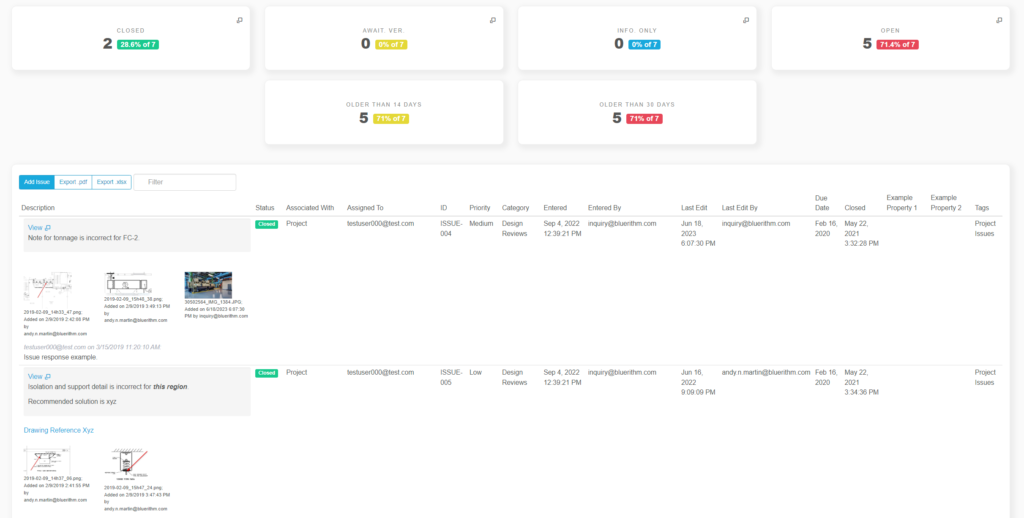You should think about trying a Cx software platform like Bluerithm for your next new building construction project. If you’re not SaaS-minded, it may be challenging to grasp the competitive advantage and edge it will give unless you see it firsthand. Keep reading, and we’ll provide you with insight into the difference.
When the first televisions emerged in the public market, they were slow to gain dominant acceptance. One reason is that people were satisfied with information and entertainment through the radio or newspaper. There wasn’t a pain. There wasn’t a convincing hook for transitioning to a TV for someone who hadn’t watched one. But, of course, that changed after they experienced the difference.
Stories from that time are similar. When someone sat in front of a TV for the first time, they simply couldn’t believe it. Moving images – and often with sound since many first-timers didn’t see the TV until both sound and film were present together! There was no way to convey the difference in experiences realistically. For a society yet to integrate any type of visual technology beyond photos, the exciting experience left them speechless.
It may seem far-fetched, but this analogy holds for construction Cx and the difference between using Cx project software and not. But the contrast may not be as stark since providers and contractors have integrated computer-based technologies like email, Microsoft Office, and the like. But there is a vast difference in workflows and workplace experiences between relying on disjointed communications, spreadsheets, and decision making that depends on long-chained touches and reams of reports.
Do You Feel the Pain?
Maybe you’re still using Microsoft Access and Excel to manage your products. You still dig through emails to communicate with everyone for scheduling, decision-making, and the like. You hand off extensive paper-laden reports and orders, waiting for people to get back to you after they’ve conducted tests or read-through documents.
Your method is better than when you first began working in the industry. You’ve been trained to work this way, and your process and project templates are crystalized. You don’t want to mess with that, right? You don’t feel any pain points from this, and building owners aren’t demanding fully digital turnovers from you – yet.
Of course, when many of our current technologies emerged, they didn’t address pain points – not really. Instead, they offered new, faster, more connected ways of interacting with one another. As a result, work, communications, and information acquisition became more efficient. We could process more data in shorter amounts of time. Decision-making became more streamlined, data-based, and responsive to the moment. And that’s the difference between what we’re calling the “old way” of providing Cx services and the “new way.”
You may not feel the pain, but that’s not the point. The point is there are better options. And those options will increasingly become your primary, if not only, options.
If you’re not familiar with tools like Bluerithm, let’s look at the advantages having access to live data affords a Cx project.
Opportunity is the Gain
What’s really at stake here are the opportunities available that using the best, most efficient options provides. Until you feel the pain of lost potential and opportunity, you will not experience the gains of that same potential and opportunity. Remember the saying, “What you don’t know can’t hurt you?” Well, in this case, the reverse is true.
You may intellectually understand the advantages of using better technology because you’ve lived around the technological changes of the past 40 years. But actually experiencing the contrast impacts you on a whole other level. The impact isn’t purely professional. It’s also emotional and mental. When you work in a complicated and high-pressure environment, hub-style tools give you support and resources that affect your entire human system.
To give you some insight into what you may experience, let’s look at a few examples from Bluerithm.
Siloed Communications and Information Control vs. Real-Time Communications and Project Access
Complex Cx projects require massive amounts of correspondence, resulting in long communication chains from one individual to another. Each person becomes a touch-point where the flow of information depends on their schedule, timeliness, and ability to share or convey information accurately. That means each touch-point is also an increased risk.
Communication risks result in:
- More time (and time is always money) for information to become active.
- Lengthier project timelines.
- Delayed project activities and pushed-back turnover schedules (resulting in unhappy clients).
- Rescheduling as one delay impacts another activity.
- Increased risk of system damage (more money) as responses to critical issues isn’t fast enough.
However, Bluerithm enables real-time communications between project stakeholders:
- Mitigating these increased touch-point risks. With Bluerithm, people system monitoring, testing, and diagnosis are instantaneous, allowing the appropriate technicians to be dispatched immediately.
- Scheduling is centralized and related communications linked through Bluerithm’s scheduling tool. This significantly decreases delays when problems arise and give all stakeholders visibility of the project schedule.
- Project timelines and turnover projections are tighter. Also, with the increased transparency, building owners and other contractors are aware of what is happening and when. This diffuses stress, blame, and irrational notions about what is happening on the project when complications do arise.
Paper-Based Visibility and Data Compilation vs. Project-Wide, Customizable Dashboards and Automated Reporting and Data Integrations
Your current approach to keeping the right people informed may rely on gross amounts of printer ink and reams of paper. Also, you may have to spend time putting the information together in a digestible format – and from multiple sources. Similarly, ensuring stakeholders are responsible and informed may be a problem as they rarely have time to sit down and read through the reports to get what they need.
Bluerithm is paperless. While you can print whatever you need to, you don’t have to. Everyone has a dashboard to see the information they need whenever they want it. Reports can be automated, and information can be displayed in visual formats that make complex data easy to grasp.
Furthermore, Bluerithm aggregates data from sources like Procore and COBie, integrating and merging with your current data, enabling you to generate more integrated and informed reporting and dashboard displays.
The automated tasks and reporting are also customizable. For example, reporting includes auditing – a function you can initiate at any point desired during the project. In addition, past reports are stored and can be accessed at any time.
Not only does this save money and time, but stakeholders are likely to be more informed and up-to-speed on project status points relevant to their role. If efficiency and effectiveness were items you could streamline – Bluerithm is how that would look.
Wait Until They Can Get Back To You Decision Making vs. Immediate Insight and Speed-of-The-Internet Feedback
Likely, you’ve already put two and two together and realized the impact of live data on decision-making. So we won’t beat that drum again – well, maybe one more time.
Just think about it. You don’t have to sit around and wait for people to get back to you so you can do your work, make decisions, and communicate with everyone else. Get rid of the bottlenecks. Eliminate the lag. That’s what real-time, live data does for you.
Disjointed Desktop-Based Storage vs. All-in-One Cloud-Based Documentation and Storage
Your current documentation and storage protocols may look something like the following. Each person on the project stores files locally and shares them through email. Or, local files are also stored and transmitted via a cloud-based storage system like WorkSpace, Dropbox, or some other joint file management system. While this is undoubtedly a step in the right direction, it’s not the same as Bluerithm’s cloud documentation and storage.
The difference is that files in Bluerithm are directly accessible within the project itself. There’s no need to go “off project” to access or source the documentation you need. Also, share permissions are managed directly through the project. In addition, you can link files to various aspects of the project so that stakeholders can immediately identify and review or work on the related files.
So, seriously sift through your daily routine. You may not be “feeling the pain” now – but eventually, you will if you don’t start taking the opportunities. The evolution of your workflow, daily impact, and effectiveness are here.
Contact us at Bluerithm, and we’ll walk you through our onboarding process and answer any questions you have.

